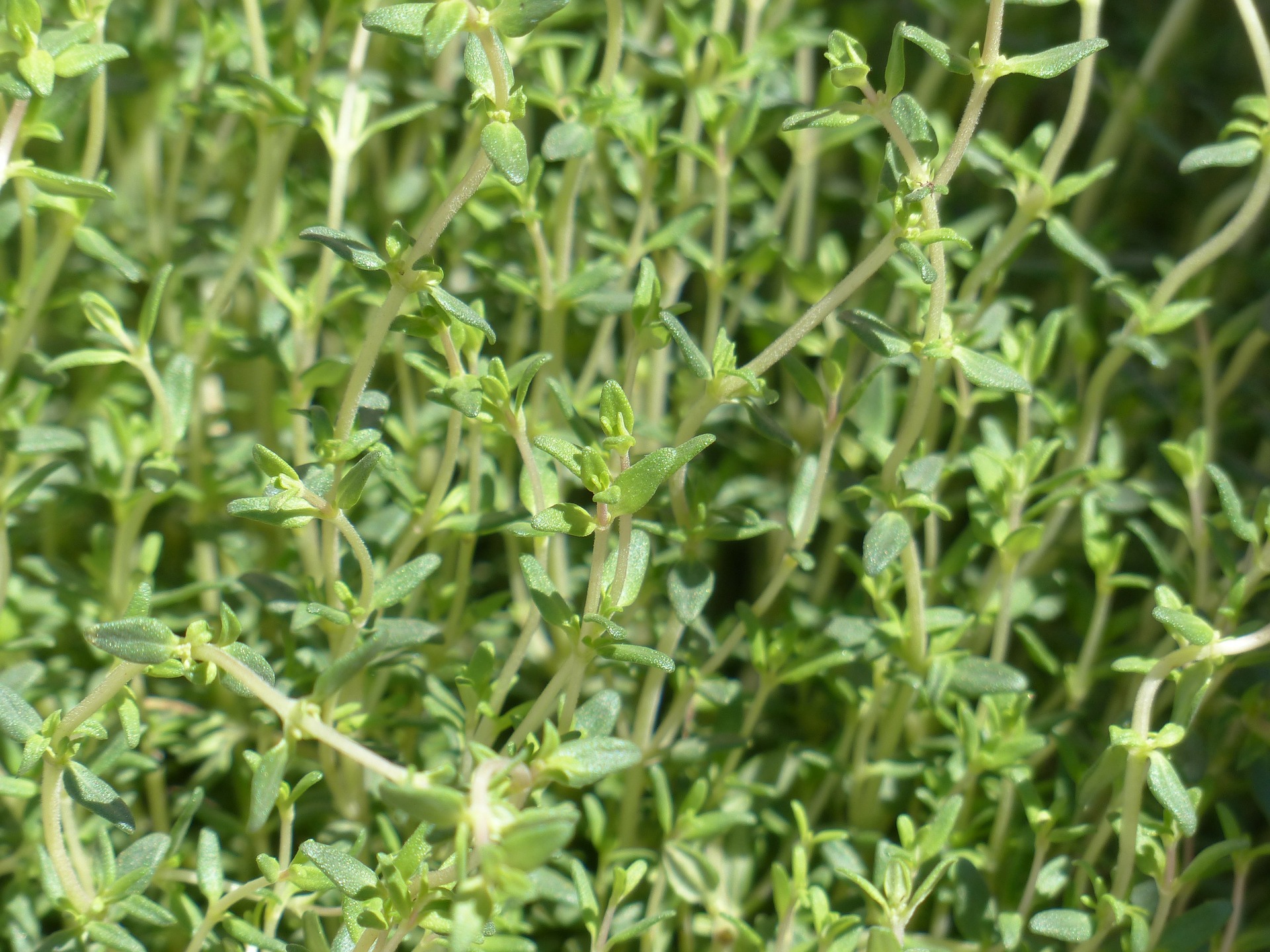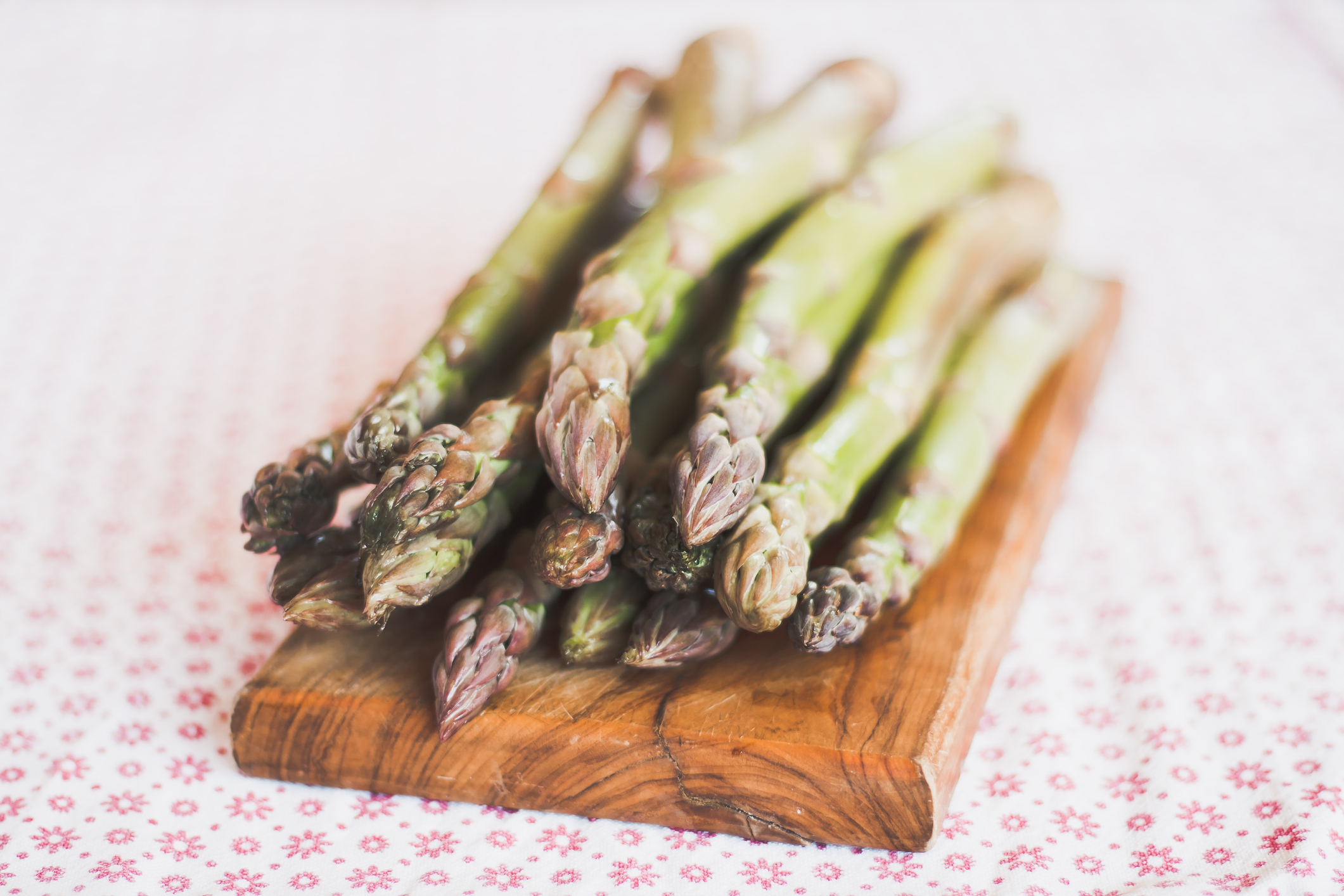Fall is here and winter is about to begin, so it is time to go a bit inward, and what better way to do so than to grow some Italian herbs indoors.
I have chosen mint, oregano, and thyme because they are so essential in Italian cooking. I was amazed, as my wife read recipes to me from Mary Taylor Simeti’s Pomp and Sustenance—Twenty-Five Centuries of Sicilian Cooking, that a great many Italian dishes use and require these three herbs. And, it is so wonderful to have them fresh, just as you need them in the kitchen.
These herbs are actually very easy to grow. I recommend acquiring them as small plants from your local garden center. In this way, they will have a good start and you will not need to bring them up from seed.
I love to grow these herbs at a warm, sunny window somewhere in the house, preferably at the kitchen window. But, I also grow them on the patio outdoors. Choose some very attractive ceramic pots with impermeable saucers; these will make the herbs even more attractive as part of the décor.
As to soil mix, use about one part each of good garden soil (you know where to find it in your own garden), one part peat moss, and one part perlite, and one part crushed (pelleted) pumice stone.
These ingredients will provide nourishment for the plants and enable the uptake and retention of water. Herbs need moisture and air to the roots. The perlite and pumice create tiny spaces in the soil for effective air circulation when growing herbs indoors. Use a balanced, water soluble fertilizer every two weeks.
Mint or Mentha has grown for eons in the Mediterranean where it often grows wild in moist declivities or rivulets. The Romans admired it and introduced spearmint into Britain. Mint now grows world wide.
I prefer Mentha piperita (peppermint) and M. spicata (spearmint). Visit the garden center and pinch a mint leaf here and there; smell the mint that you like. They are all very easy to grow so you will not go wrong.
Dried oregano from the jar is good, but fresh, home grown is even better. Like mint, oregano is a hardy perennial. It requires a sunny, warm location; otherwise it will not develop its spiciness and become too mild. I have had success with Greek Oregano. It grows rampant in a sunny, stone enclosed niche in my vegetable plot. I bring small rooted clumps indoors to grow in pots at the window.
Then there is the fine leaved thyme or Thymus. There are many varieties, but the one I have come to like is the hardy and dependable Common Type or T. vulgaris. It is a sure container plant if given full sun and warmth.
Also, there is Italian Thyme which is strong and spicy like the German Thyme. Regardless of which variety you choose, most are much more tasty and flavorful than dried products sold in jars.
Often I relish passing by our kitchen herb plants to pinch off a leaf here or there, breathing in a lasting, invigorating aroma that stimulates my desires for exquisite Italian foods for dinner.































